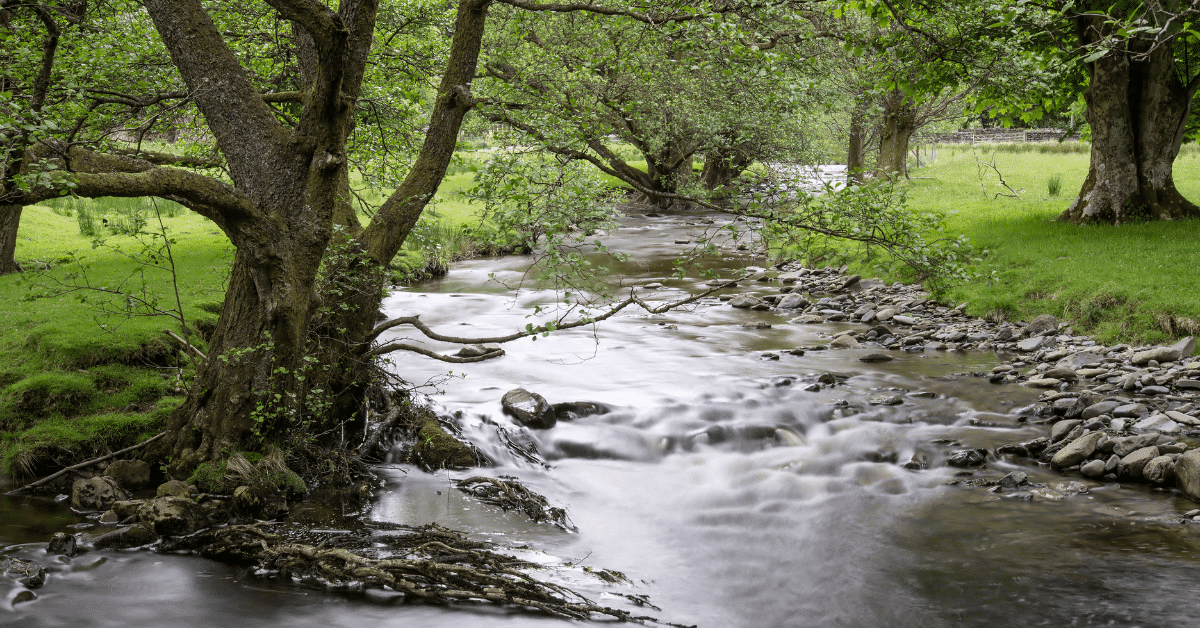
PFAS and Other Pollutants in YOUR Water
The world’s freshwater resources are constantly threatened by a host of different pollutants. These pollutants enter our streams and drinking water from a plethora of sources. As we have produced more and more new materials and products, the numbers and types of contaminants in water have multiplied exponentially. In many cases the effects of particular pollutants and chemical combinations on human health and wildlife are only beginning to surface. The nascent nature of much of this research means it is more important than ever to be vigilant about ensuring the cleanliness of freshwater resources. Pollutant sources are abundant, and include petrochemicals found on roadways, volatile organic compounds (VOCs) found in wood preservatives and paints, insecticides, and a wide variety of other sources. In Virginia, freshwater sources from major rivers like the James, Roanoke, and Shenandoah, to the smallest creeks and spring branches are threatened by many of the listed pollutants and more.
One special class of pollutants of note is PFAS, which stands for per- and polyfluoroalkyl substances. PFAS originate from a variety of sources including non-stick pans, grease-resistant food packaging, and microwaveable popcorn bags. Several scientific studies have associated PFAS with various adverse health impacts on humans, including “liver damage, thyroid disease, decreased fertility, high cholesterol, obesity, hormone suppression and cancer” (Source). So far, PFAS have remained unregulated on the federal level and by most states. Recently, however, the EPA released a statement discussing PFAS and their action plan to mitigate PFAS contaminants in the United States. In this letter, the EPA announced it would “make available $1 billion in grant funding through President Biden’s Bipartisan Infrastructure Law to help communities that are on the frontlines of PFAS contamination.”
EPA’s initiative is one appropriate and necessary step, but it is far from adequate. In order to tackle this very serious problem we must approach this threat in a variety of ways: by eliminating sources of these dangerous chemicals from manufacturing processes and the products we buy, by identifying the nature and extent of contamination already in the environment, and by regulating activities, like discharges to our surface and groundwater, that could further pollute our environment and harm people.
What is Wild Virginia Doing?
Wild Virginia has worked tirelessly to help enforce the use of both narrative and numeric criteria for water pollutants in Virginia. Since many pollutants in Virginia still do not have regulatory numeric thresholds for acceptable levels (numeric criteria), the state has a duty to enforce narrative criteria (descriptions of the quality and characteristics that must be maintained in state waters). The state of Virginia has not yet adopted numeric criteria for PFAS and we continue to advocate for their adoption, while also stressing the importance of proper enforcement of narrative criteria in the meantime. In comments to the DEQ, we noted “PFAS is already degrading state waters and presents a serious risk of harm to humans and aquatic life.” Now is the time to act to prevent further harm from these dangerous chemicals
How YOU Can Help: Support Wild Virginia’s Campaign for Virginia’s Water Future
Wild Virginia’s campaign for Virginia’s Water Future advocates for changes to our water quality standards, and the ways they are applied in Virginia through regulatory action. We need you to support our campaign to help ensure a better water future for you and your loved ones, and reduce pollutants like PFAS in Virginia’s freshwater resources! To learn more about Wild Virginia’s Campaign for Virginia’s Water Future, click here.